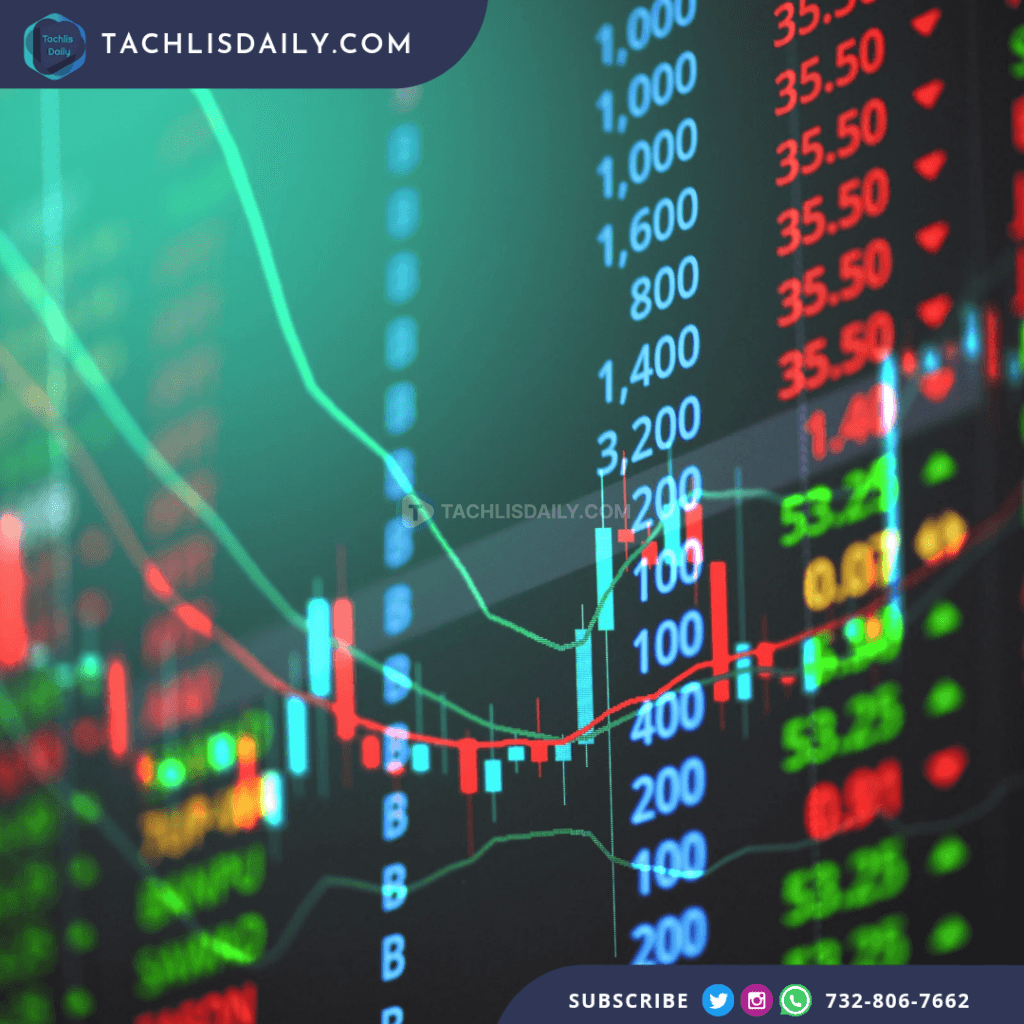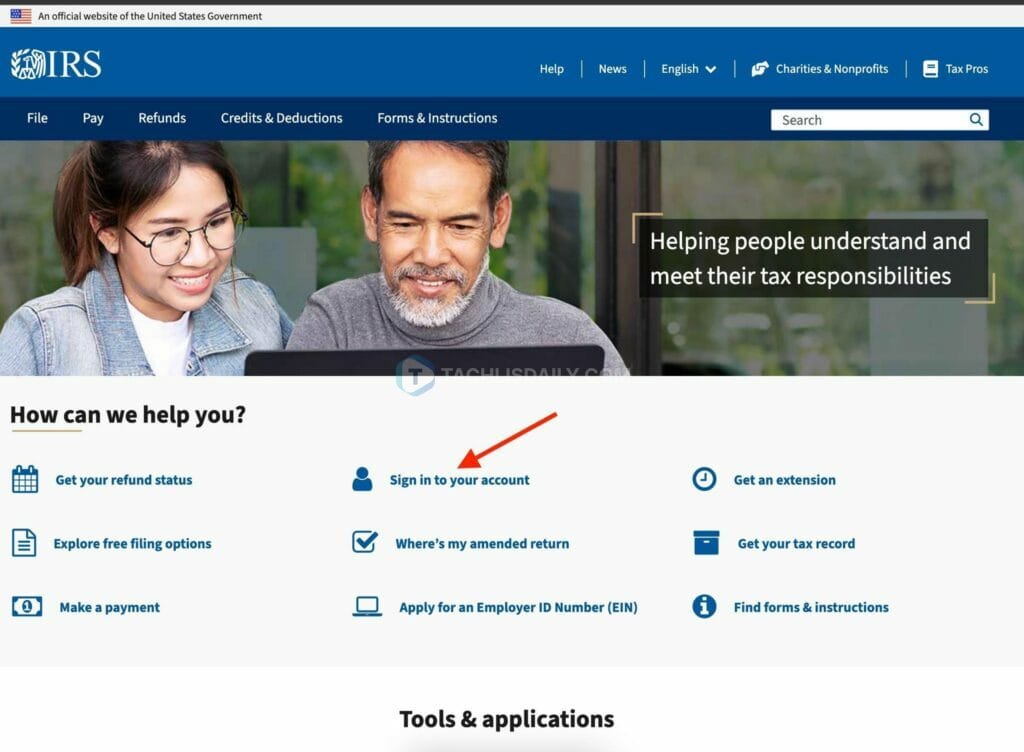U.S. markets have faced a turbulent week as bold shifts in President Donald Trump’s trade policy triggered sharp rallies followed by swift reversals, sending shockwaves through financial systems at home and abroad.
Midweek, a 90-day suspension of planned tariffs announced by President Trump sparked a historic rally on Wall Street. The move, seen as an olive branch to international trade partners, ignited investor optimism that trade tensions might ease. The S&P 500 surged 9.5%, marking its strongest single-day performance since the 2008 financial crisis. The Nasdaq leapt 12.2%, and the Dow Jones climbed 7.8%, reflecting widespread relief across markets.
Global exchanges mirrored the enthusiasm. Japan’s Nikkei 225 soared 9.1%, South Korea’s Kospi rose 6.6%, and European markets saw multi-point gains across London, Paris, Frankfurt, and beyond. Investors worldwide hoped the temporary pause signaled a turn toward diplomacy over confrontation.
But the relief proved short-lived. Just one day later, the administration sharply raised tariffs on Chinese imports to 125%, citing continued economic aggression from Beijing. China hit back with 84% tariffs on U.S. exports and added cultural restrictions, targeting American entertainment and media.
The market reacted immediately. The Dow plunged 1,170 points, or 2.8%, while the S&P 500 fell 3.5%, and the Nasdaq dropped 4.1%. Major American companies with global exposure suffered losses: Nike tumbled 8%, Tesla slid 5%, and Nvidia dropped 4%, reflecting concerns over supply chain disruptions and increased costs.
Economists warn that the renewed tariff war could fuel inflation, raise consumer prices, and hamper global growth. Analysts have revised projections upward for household cost burdens, with some forecasting even greater economic strain than during earlier trade standoffs.
Politically, the President’s hardline stance has drawn both strong support and sharp criticism. Advocates praise the tariffs as a necessary defense of U.S. industry and a correction to long-standing trade imbalances. Critics argue that the fallout may hurt American businesses more than foreign adversaries.
While Wednesday’s rally showed Wall Street’s desire for resolution, the rapid downturn the following day underscores how fragile investor confidence remains. With U.S.-China relations once again under strain and no clear resolution in sight, markets and economies around the globe now brace for what comes next.











